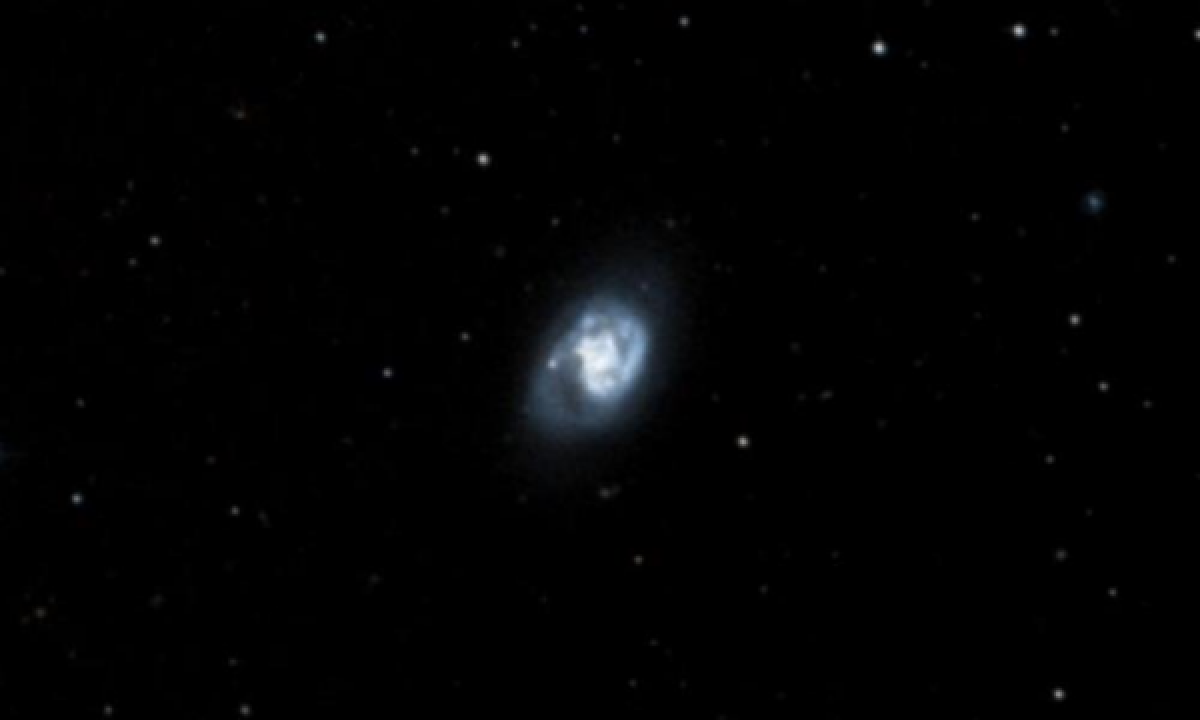The New General Catalogue of Nebulae and Clusters of Stars (abbreviated as NGC) is a catalogue of deep-sky objects compiled by John Louis Emil Dreyer in 1888. The NGC contains 7,840 objects, known as the NGC objects. It is one of the largest comprehensive catalogues, as it includes all types of deep space objects, including galaxies, star clusters, emission nebulae and absorption nebulae.
Know more about NGC
NGC 5665

NGC 5665 is a spiral galaxy in the northern constellation of Boötes. It was discovered on January 30, 1784 by German-British astronomer William Herschel. This galaxy is located at a distance of 53.6 ± 7.7 million light-years (16.44 ± 2.37 Mpc), and is receding with a heliocentric radial velocity of 2,237 km/s. It is cataloged in Halton Arp's Atlas of Peculiar Galaxies as object number 49. The morphological classification of NGC 5665 is unclear and differs by author. In the De Vaucouleurs system it was classified as SAB(rs)c pec?, which indicates a weakly-barred spiral galaxy (SAB) with a transitional inner ring structure (rs), loosely wound spiral arms (c), and suspected peculiarities (pec?). The galactic plane is inclined at an angle of 53°±5° to the plane of the sky, with the major axis aligned along a position angle of 145°. Evidence suggests that NGC 5665 underwent a gravitational interaction with another galaxy some 500 million years ago, swallowing a smaller companion. It is somewhat asymmetrical in appearance, retaining a single main spiral arm and the remains of several others. The galaxy is rich in dust and gas with a small bar at the center. There are numerous sites of star formation in the arm that match the age of the interaction. The spectrum of the core is a blend between a LINER and an H II region.
More Images:

Sources:
Wikipedia Page: NGC 5665
NGC 5665 at In-The-Sky website
